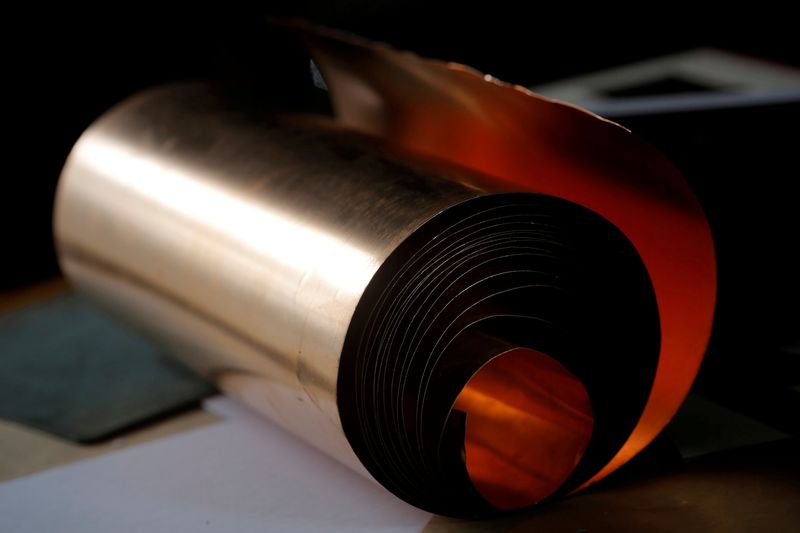LONDON (Reuters) - Global copper smelting activity slid in April to the lowest level in two years as Chinese operations shut for maintenance and plants in North America slowed down, data from satellite surveillance of metal processing plants showed on Friday.
In Central Asia, smelters in Turkey and Kazakhstan were inactive at the end of the month, commodities broker Marex and the SAVANT satellite service said in a statement.
Earth-i, which specialises in observational data, tracks smelters representing 80-90% of global production. It sells data to fund managers, traders and miners, It also publishes a free monthly index of global copper smelter activity.
Its global copper dispersion index, a measure of smelter activity, fell to 44.0 in April from 46.8 in March. The April reading was the lowest since March 2021.
The regional dispersion index for North America fell to 24.2 for its weakest since July 2020.
A measure of 50 points indicate that smelters are operating at the average level of the past 12 months. There is also a second index showing the percentage of active smelters.
The dispersion index is likely to remain under pressure, with Indonesia's PT Smelting Gresik smelter due to start a 75-day shutdown this month while the Aurubis Pirdop operation in Bulgaria also expected to undergo maintenance, the statement added.
"The most immediate impact of the decline in global smelting activity in April has been the rise in treatment and refining charges in the copper concentrates market," said Guy Wolf, global head of analytics at Marex.
He added that the dispersion index has an inverse relationship with LME copper prices, which are therefore expected to find a floor before rising in the second half of the year.

In nickel, the global dispersion index slipped to 43.3 in April from 46.8 in March.
The Chinese nickel pig iron (NPI) index, dropped to 37.9 in April, its lowest since February 2022, from 45.4 in March.